PENGUIN

CLASSICS
THE TALES OF ISE
PETER MACMILLAN is a translator, poet and artist. His previous translation, One Hundred Poets, One Poem Each (Hyakunin isshu), was awarded the Donald Keene Center Special Prize for the Translation of Japanese Literature, and the 44th Special Cultural Translation Prize from the Japan Society of Translators, both in 2008. He has also published a collection of poetry, Admiring Fields, and is active as an artist. His series of prints Thirty-Six New Views of Mount Fuji has been widely exhibited in Japan and other countries.
DONALD KEENE taught at Columbia University for many years and is internationally renowned as an interpreter of Japanese literature and culture for the West. He lives in Japan and was the first foreign national to receive the Order of Culture (Bunka Kunsho) from the Japanese government for his contribution to Japanese literature and culture.
Translated and with a Commentary by
Peter MacMillan
THE TALES OF ISE
Foreword by
DONALD KEENE
PENGUIN CLASSICS
UK | USA | Canada | Ireland | Australia
India | New Zealand | South Africa
Penguin Books is part of the Penguin Random House group of companies whose addresses can be found at global.penguinrandomhouse.com.
This translation first published in Penguin Classics 2016
Foreword copyright Donald Keene, 2016
Translation and Commentary copyright Peter MacMillan, 2016
All rights reserved
Cover: detail from Ise monogatarizu shikishi Episode 6: Akuta River (Pearls of Dew), Tawaraya Sotatsu, Early Edo Period, Collection of Yamato Bunkakan
ISBN: 978-0-141-39258-5
List of Illustrations
Foreword
The Tales of Ise is one of the most famous works of Japanese literature, and its influence in later times has probably been greater than that of any other work of the Heian period. Although the more than one hundred episodes in the Tales are poetic and agreeable to read, seemingly presenting no problems, a huge amount of scholarly research has been devoted over the centuries to elucidating its every particle the mark of its unusual importance.
The title itself is a mystery. Only two or three of the episodes have any connection with Ise, the site of the great shrine of the Shinto religion, but these few episodes are so striking that they may have caused some editor to name the entire collection of stories after Ise. They relate the love affair between the hero and the high priestess of Ise, a sacred virgin who was kept strictly from the eyes of men. The heros success in seducing a woman who is all but impossible to approach sets the tone of the work, even in the episodes that do not relate to the hero.
The hero, the ninth-century courtier Ariwara no Narihira, is mentioned by name only once in the entire work; most often, he is simply the man. Many episodes begin with the plain declaration: Long ago, there was a man. If nothing else, this sentence serves to set the events of the episode in the past, a time that was deemed to be far more elegant than the present. Yet the Tales was read not merely as the story of a Don Juan who always (or almost always) succeeds in his attempts to win the favour of ladies of the court but as an evocation of an era when beauty and the quest for beauty were the most important elements of life. The poetry in each episode makes it possible for us to believe that such people really inhabited this refined court.
Many poems are attributed to Narihira, but some were added by other poets in the augmented versions of the work. The quality of the poetry is remarkably high, superior even to the poetry in The Tale of Genji. Some poems have inspired whole Noh plays and become familiar to every educated Japanese. The work has not been widely read outside Japan because of the lack of translations that are close to the qualities of the original.
The first task of the translator of the Tales is to translate the poems and, to a lesser extent, the prose without losing their beauty. A strictly literal translation is impossible because of the great differences between the Japanese and English languages. In the past, some translators of Japanese enclosed words like it or the in brackets to indicate that they were not in the original, but such translations tended to be boring, if not completely unreadable. Even if one knows every word in one of the poems, its overall meaning may be difficult to understand. Scholars have more or less agreed on the meaning of the words of the poems, but not on their implied or hidden overtones.
Variant texts must also be considered. Of course, translations must be faithful to the original, but faithfulness should be maintained not only in the individual words but also in the meaning of the whole poem, and in order for readers to understand the poets intent, it is sometimes necessary to add words that are not in the original.
The great master of translating Japanese (and Chinese) works of literature into English was Arthur Waley (18991966). Today, his translations are sometimes criticized by scholars, who point out his mistakes or additions, but his work is in the tradition of the famous translations of the past (such as Edward FitzGeralds Rubaiyat of Omar Khayyam), which certainly move readers more than those that scrupulously follow every word of the original.
Peter MacMillans Tales of Ise, of the school of Waley, is translated elegantly, as this exquisite work must be, and is on a par with Waleys translation of The Tale of Genji (19256). His translations of the poems are particularly successful. And as Waley does in his translations, MacMillan has also made small but successful additions or adaptations. For example, he has given titles to episodes and occasionally uses personification to make the meaning clearer for the reader. However, his readings are extremely accurate and completely faithful to the original. In making the translations, he has made very extensive use of modern Japanese scholarship on the Tales (something that Waley could not do, in his Genji translation).
Despite the importance and enormous influence of The Tales of Ise, it is hardly read or studied any more in the original. MacMillans brilliant translation will help to re-establish the fundamental importance of this work of Japanese literature and surely garner a whole new generation of readers. It is the most poetic translation of this work to date, and adds to the treasures of Japanese literature that can now be enjoyed in English translation.
Peter MacMillan is the premier translator of Japanese literature of his generation. His clear and lucid translations make this complex and difficult world accessible to English-language readers and transform our understanding of Japanese poetry.
Donald Keene
Professor Emeritus, Columbia University
March 2016, Tokyo
Introduction
Though written by multiple hands over a long time span, The Tales of Ise (hereafter referred to as the Tales) is a work of great profundity, at once original, experimental, subversive, filled with wit and humour and, at the same time, a collection of elegance and beauty. Along with

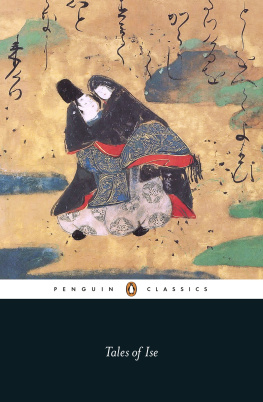


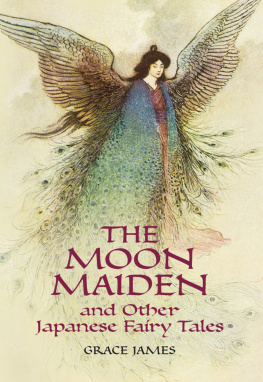
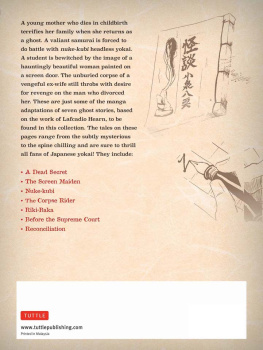
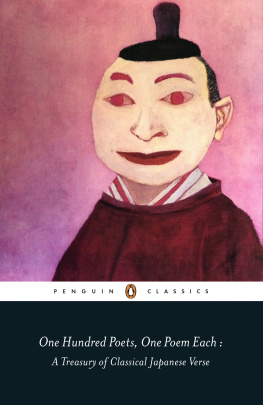

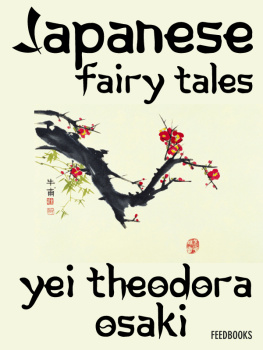


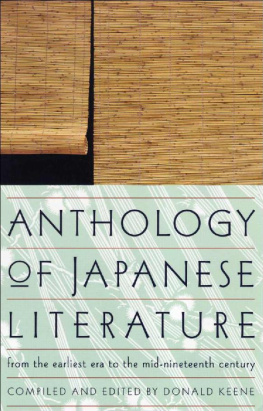
 CLASSICS
CLASSICS
